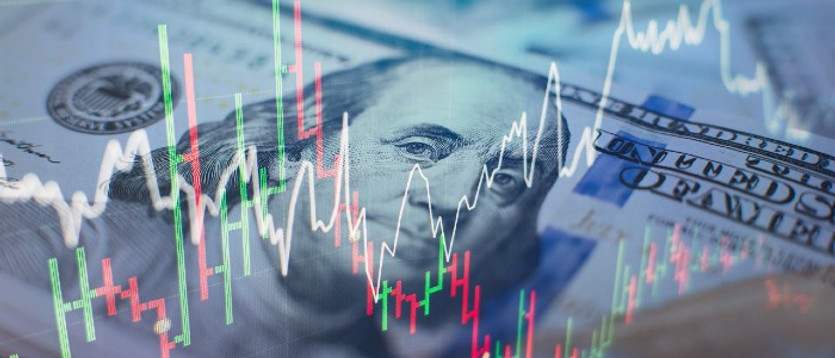Today, the dollar made an attempt to grow during the Asian trading session, however, with the beginning of the European one, it fell again. As of this writing, DXY dollar index futures are traded near 95.53, 40 points above the low hit last week ahead of the rather strong monthly report from the US Department of Labor.
As you know, in January, 467,000 new jobs were created in the non-agricultural sector of the US economy (economists predicted their growth by 150,000), and unemployment, although it increased by 0.1% to 4.0%, still remained at pandemic minimums levels. The data also showed that average hourly earnings rose 5.7% in January compared to the same period of the previous year, compared with an expected 5.2% increase.
Employment data beat forecasts, although markets braced for disappointing numbers amid a spike in omicron infections. Now investors will be watching the February labor market data, which will be published on March 4, and which may show even more growth, according to economists. In view of this, market participants will pay attention to tomorrow's publication (at 13:30 GMT) of weekly data on the US labor market. They are expected to point to a decline in initial jobless claims to 230,000 after their unexpected rise to 260,000 and 290,000 a month earlier. One way or another, this is still a low number of applications for unemployment. It remains at the lowest level for several decades - about 200 thousand. This is a positive factor for the dollar, after it became clear from the report of the US Department of Labor that unemployment in the country is at the minimum pandemic and multi-year level of 4.0%.
If the data turns out to be better than the forecast, then the US dollar should strengthen in the short term.
The US labor market continues to recover along with the rapid growth of inflation, which is becoming a key factor in determining the decision of the Fed's leaders on how quickly and how much to raise the key rate.
Some of the most optimistic market participants expect the Fed to raise interest rates 5 times or more this year. Even if this is an overly optimistic assessment of the prospects for the Fed's monetary policy, positive data on US employment should further strengthen the dollar on expectations that the Federal Reserve will start raising interest rates in March, economists say.
Tomorrow at the same time (at 13:30 GMT) the latest US inflation data will be published. According to the forecast, the January consumer price index (in annual terms) will be 7.3% (up from the previous value of 7.0%), and the core consumer price index 5.9% (up from the previous value of 5.5%). This is well above the 2% inflation target the Fed is aiming for, and the data again points to accelerating inflation. This, of course, puts pressure on the Fed in favor of a more aggressive tightening of monetary policy. And the closer the March meeting of the US Federal Reserve, the stronger the volatility in the quotes of the dollar and US stock indices will grow.
Today there are no particularly important publications in the economic calendar. However, market participants will pay attention to speeches (at 17:00 GMT) by Cleveland Federal Reserve Bank President (and voting member of the FOMC) Loretta Meister and Bank of Canada Governor Macklem. A month ago, Loretta Mester said she would like to see the Fed start cutting its balance sheet "as soon as possible". “Action needs to be taken to ensure” a reduction in inflation, Mester said. “If the state of affairs that we are seeing today continues, then in March I will support raising rates from levels close to zero”. In January, Mester believed the Fed would raise rates three times in 2022. Investors will probably want to know how her mind has changed on this. If it has grown into a tougher stance on the prospects for the Fed's monetary policy, then the positions of buyers of the dollar and its quotes will certainly receive additional support.





